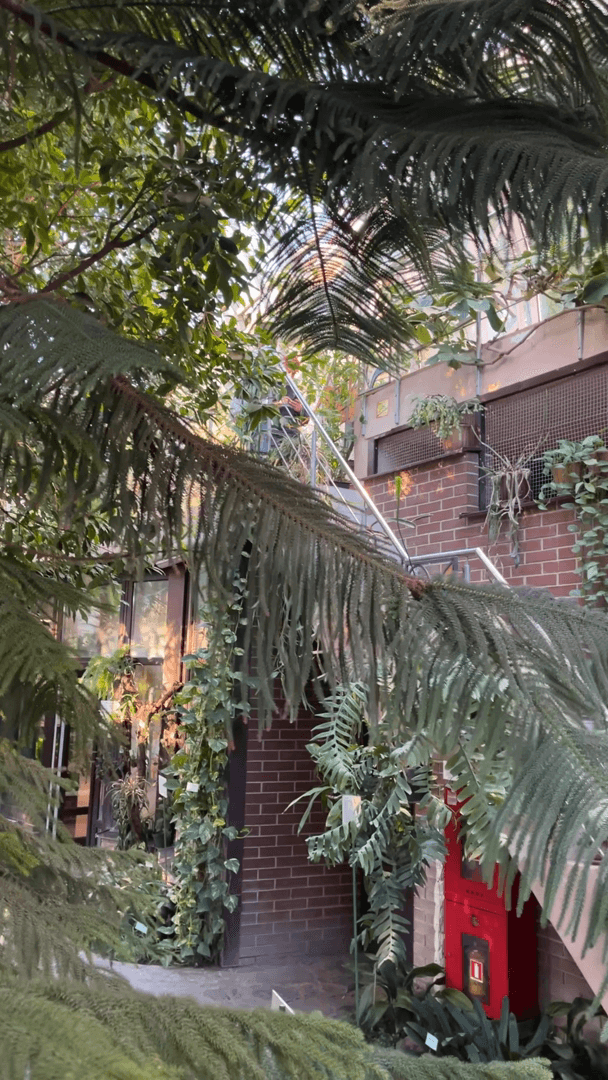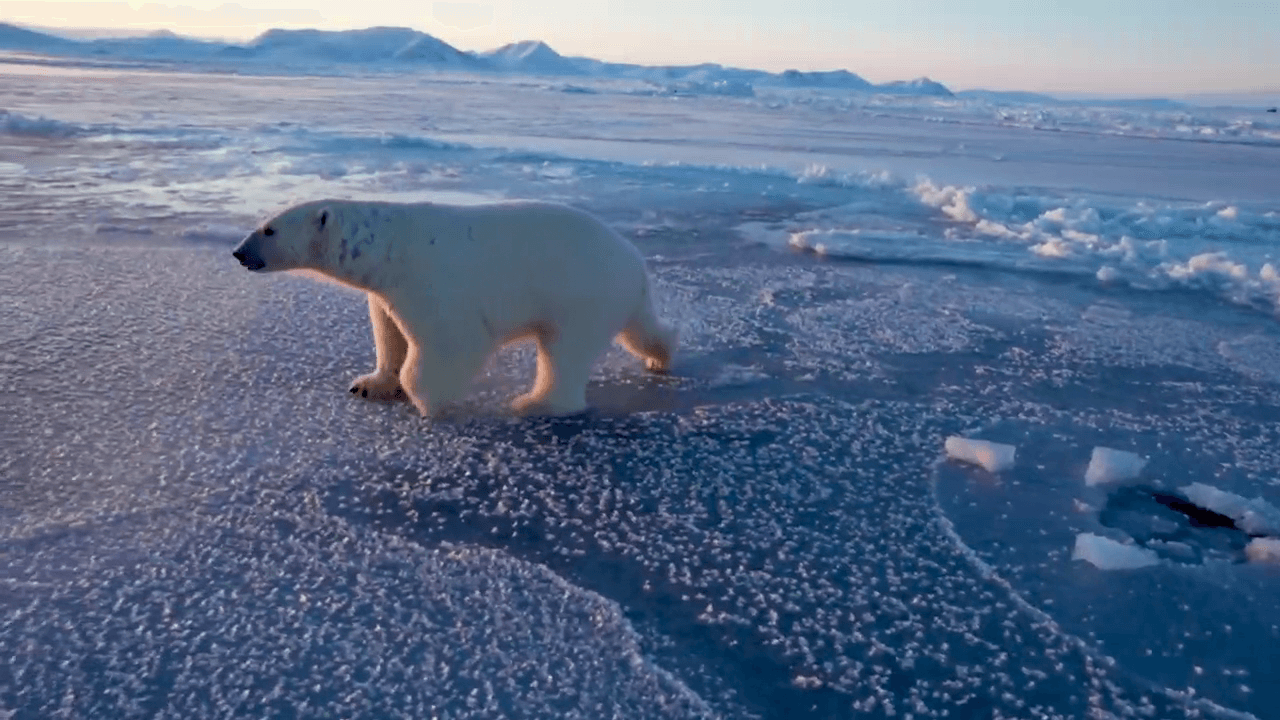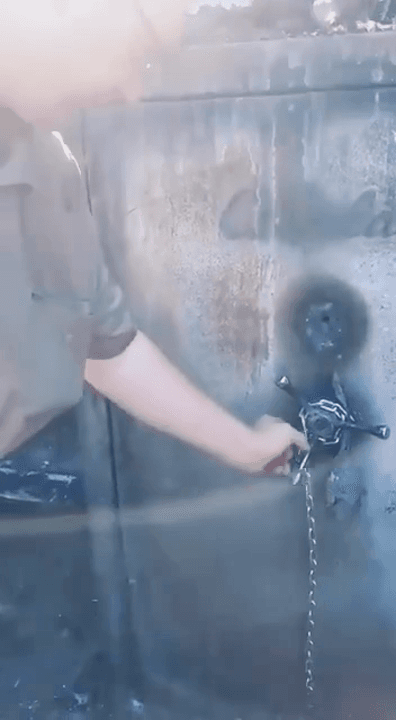
Winter ist zurück: Bitte auf Wildtiere achten! Wildtiere benötigen Ruhe, um Energie zu sparen und über den Winter zu kommen. Jägerinnen und Jäger unterstützen, wenn natürliche Äsung fehlt. Insbesondere dem Rotwild als Fluchttier drohen bei wiederholter Beunruhigung Erschöpfungszustände. - © Michael Breuer © Michael Breuer Aktuell kehrt der Winter nach Niederösterreich zurück und vielerorts gibt es größere Schneemengen. Dadurch steigt der Druck auf Wildtiere, da die Fortbewegung im Schnee mehr Energie verbraucht, während gleichzeitig weniger natürliches Futter verfügbar ist. Die Jägerinnen und Jäger füttern in solchen Notzeiten zu, um die Bestände gesund zu erhalten. Vor allem das Rotwild hat sein Winterverhalten an die Menschen, Verbauung und mancherorts starke Besiedelung angepasst und bleibt auch im Winter in höheren, äsungsarmen Lagen. Dadurch ist es auf die Vorlage von Futter angewiesen. „Im Winter und bei steigender Schneehöhe brauchen Wildtiere neben der Äsung aber auch Ruhe und Deckung. Kommt es zu einer wiederholten oder dauerhaften Störung, drohen Wildschäden, hohe Fallwildzahlen und das Abwandern der Tiere“, betont Landesjägermeister Josef Pröll. Der NÖ Jagdverband appelliert daher an Freizeitnutzer, Regeln für den Aufenthalt in der Natur einzuhalten: „Wildtiere reduzieren im Winter, wenn es kalt ist und das Äsungsangebot sinkt, ihren Stoffwechsel. So sparen sie wichtige Energie. Durch anhaltende Beruhigung werden sie zur Flucht gezwungen und verbrauchen ihre wertvollen Energiereserven. Freizeitnutzer sollten daher auf vorgegebenen und markierten Wegen und Pisten bleiben, ihre Hunde anleinen, sich in der Natur ruhig verhalten und Fütterungsbereiche meiden. Denn Wildtiere flüchten vor allem, wenn es unerwartet zu einer Beunruhigung kommt“, so Pröll. „Halten sich alle an die Regeln und werden die Wildtierlebensräume respektiert, steht einer Freizeitnutzung in Niederösterreichs Natur nichts im Wege.“ Sechs Regeln für Skitouren Der NÖ Jagdver band informiert mit Hinweisschildern in den Revieren über das richtige Verhalten in der Natur. Da sich vor allem Skitouren zunehmender Beliebtheit erfreuen, hat der NÖ Jagdverband sechs Regeln für einen schonenden Naturgenuss formuliert: Bitte bleibe auf den markierten Routen. Halte Dich während des Tages, nicht bei Dunkelheit, in der freien Natur auf und verhalte Dich ruhig. Bitte beachte das Betretungsverbot von Fütterungsbereichen. Meide Wiederaufforstungsflächen. Nimm Deinen Hund an die Leine. Nimm bitte Deinen Müll wieder mit nach Hause.
Post: 13 February 15:16















































